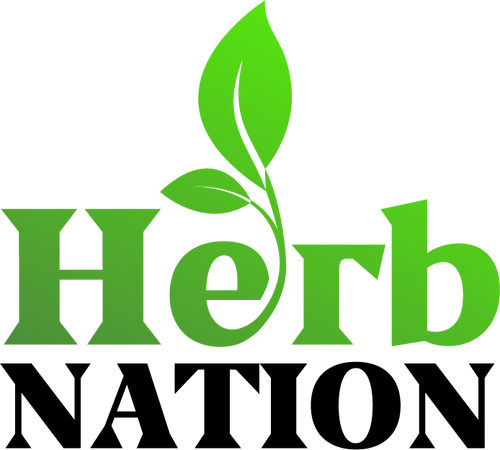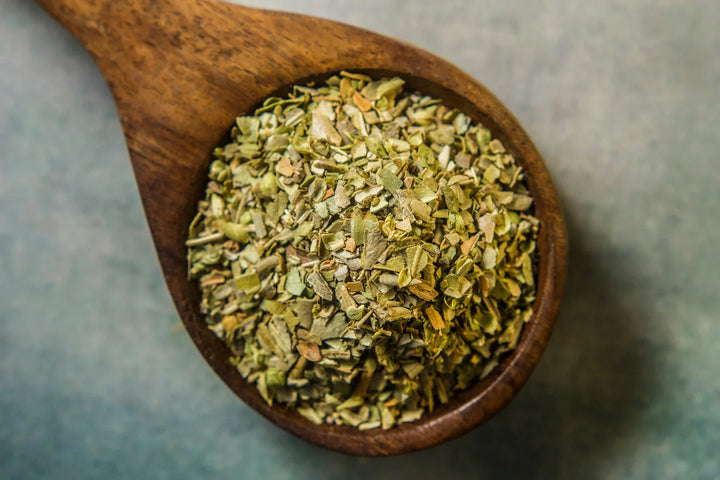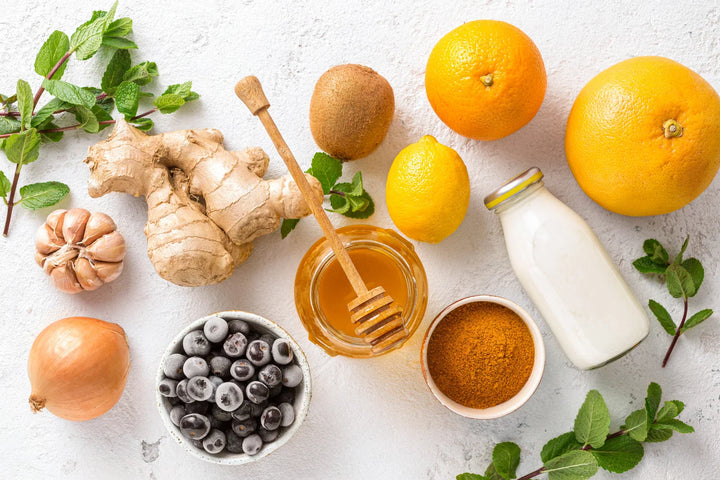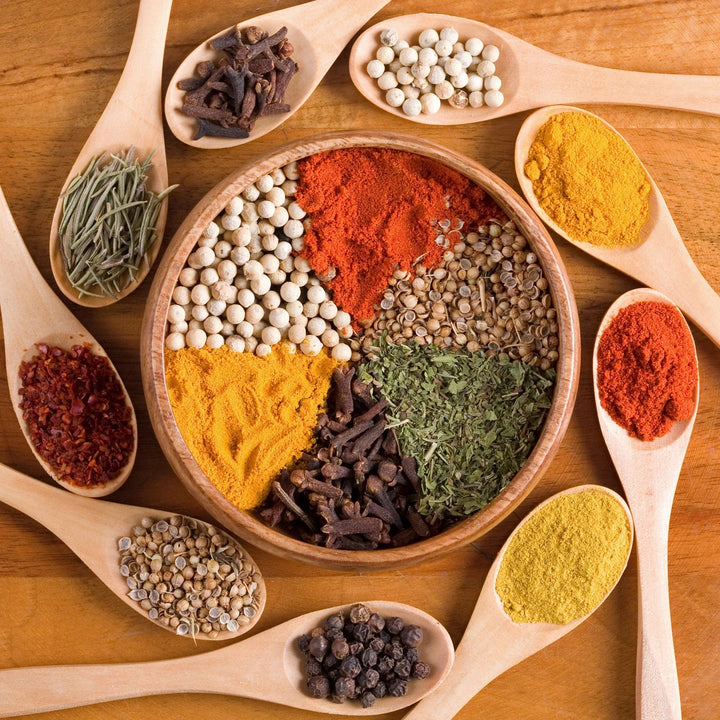Mullein: A Time-Tested Herb for Wellness
For centuries, traditional herbal medicine has turned to plants for natural support in maintaining health. One such herb, often found growing in overlooked spaces like roadsides and rocky fields, is mullein. Recognized for its tall stalks and soft, velvety leaves, mullein has been a staple in folk remedies across various cultures. Today, it remains a valuable botanical in natural wellness practices.
A Closer Look at Mullein
Mullein (Verbascum thapsus) is a hardy biennial plant that thrives in diverse environments. It is easily recognizable by its large, fuzzy leaves and clusters of yellow flowers. Historically, it has been used in European, Native American, and Middle Eastern herbal traditions, with applications ranging from respiratory care to skin health.
This resilient herb was once a common remedy in households, known for its gentle yet effective properties. Early settlers in North America introduced it to new regions, where it quickly naturalized and became a trusted botanical in traditional healing practices.
Traditional and Modern Uses of Mullein
Mullein is valued for its soothing properties, making it a go-to herb in natural wellness. Different parts of the plant offer unique benefits:
Leaves: Aiding Respiratory Health
The soft, downy leaves of mullein have long been used in herbal preparations that support lung function. Traditionally, they were dried and used in teas or herbal steams. They contain natural plant compounds that help soothe the throat and promote respiratory comfort.
Flowers: Gentle and Soothing
Mullein’s bright yellow flowers have a history of being infused into oils for topical applications. In folk traditions, they were often combined with other herbs to provide comfort for ear health and skin care.
Roots: Supporting Balance
Less commonly discussed, mullein root has been traditionally used in herbal wellness to support the urinary system. Herbalists have also explored its role in maintaining musculoskeletal balance.
Incorporating Mullein into Everyday Wellness
Mullein can be prepared in various ways, allowing for flexibility in how it’s used:
- Herbal Infusions & Teas – Dried mullein leaves are commonly brewed into teas, often blended with other botanicals for added benefits.
- Steam Inhalation – Inhaling steam infused with mullein leaves is a traditional practice for seasonal respiratory comfort.
- Topical Oils & Salves – Mullein flowers infused into oil can be applied externally as part of skin and wellness care.
- Herbal Tinctures & Extracts – Concentrated herbal preparations can be made using various parts of the plant for a more direct method of use.
Bringing Mullein into Natural Product Lines
As interest in traditional herbal remedies grows, mullein is gaining attention for its diverse applications. Businesses in the natural health space may find it a valuable addition to their offerings, whether in:
- Herbal teas and wellness blends
- Botanical-infused skincare and topical products
- Extracts and tinctures for holistic support
Sourcing Quality Mullein
For those looking to use mullein, whether personally or in products, quality is essential. Organically grown or wild-harvested sources ensure the best potency and effectiveness. Ethically sourced herbs not only preserve the plant’s natural integrity but also support sustainable herbalism.
Mullein’s long-standing reputation in herbal traditions highlights its versatility and usefulness. Whether as a simple tea, a topical oil, or a supporting ingredient in herbal formulas, this humble plant continues to stand the test of time as a valuable part of natural wellness.




